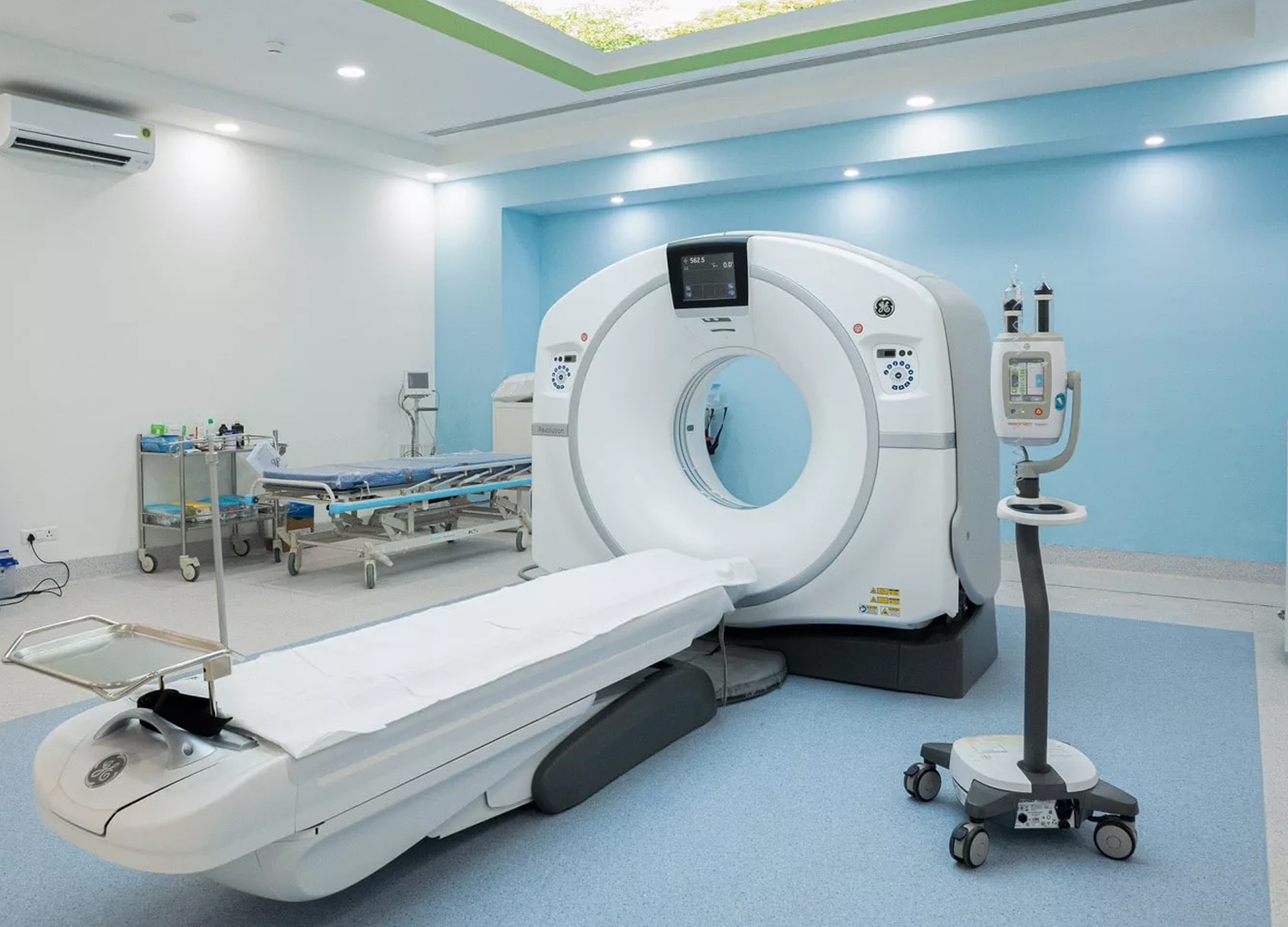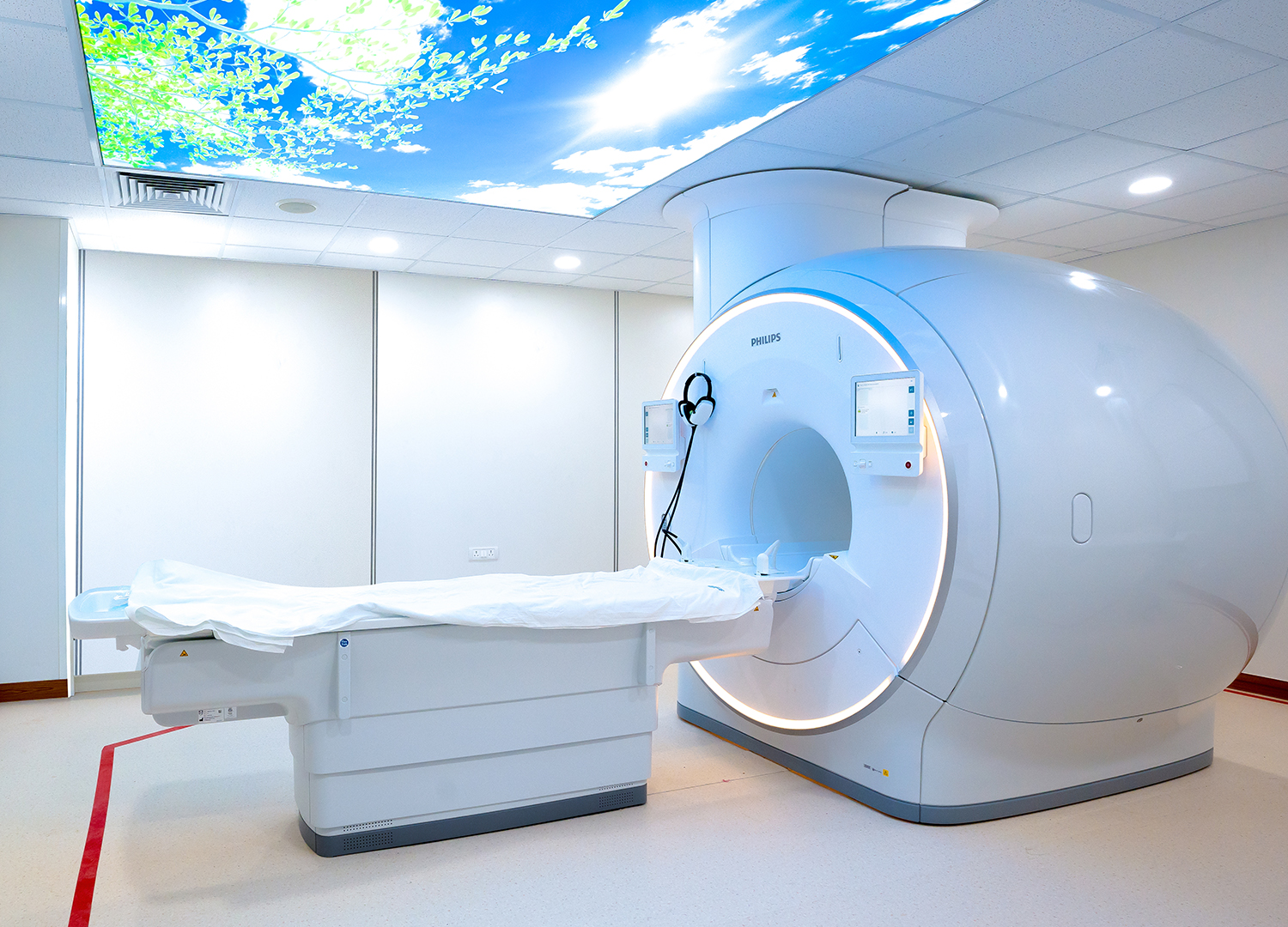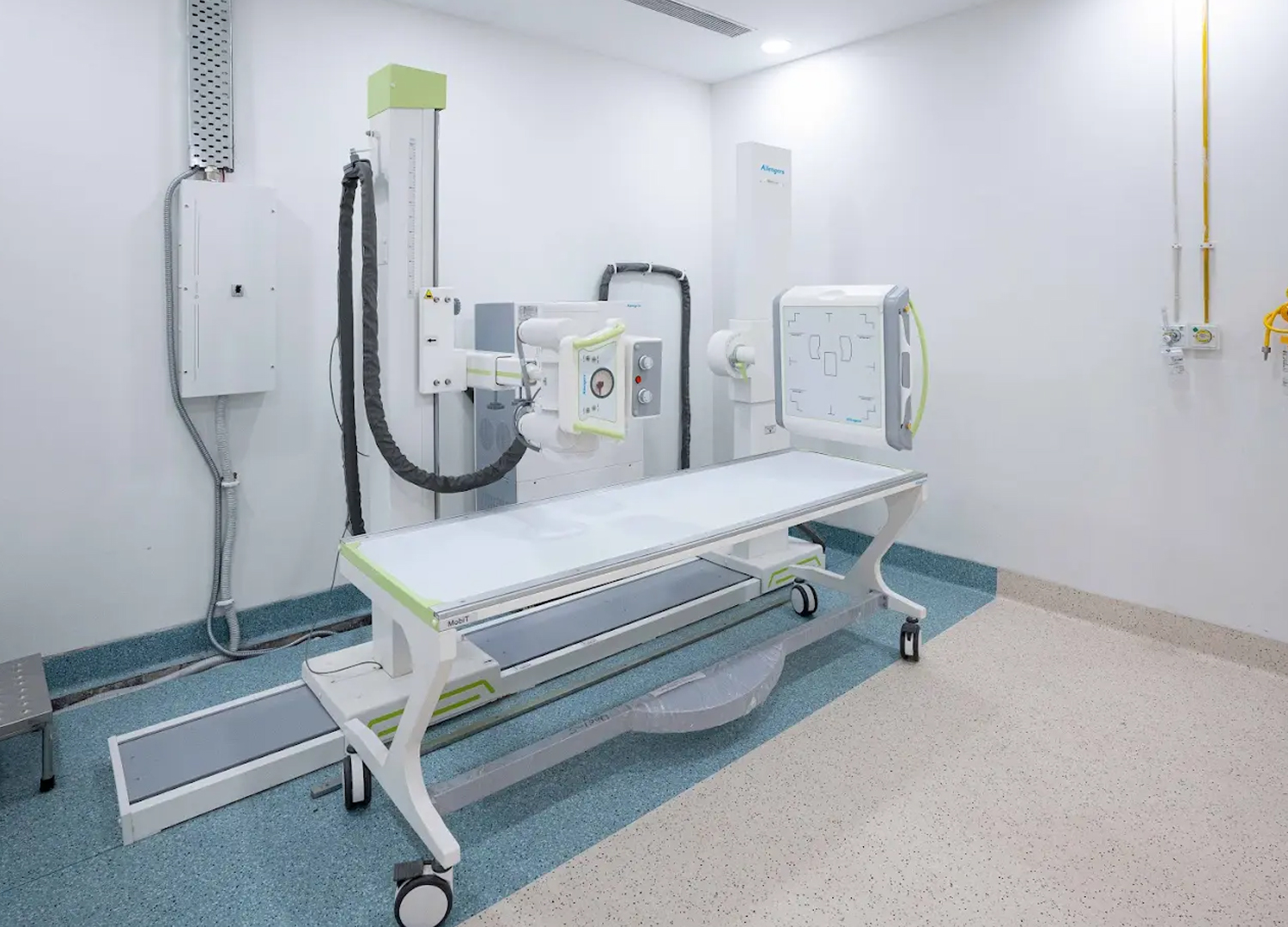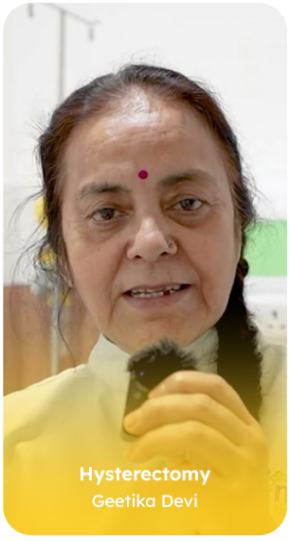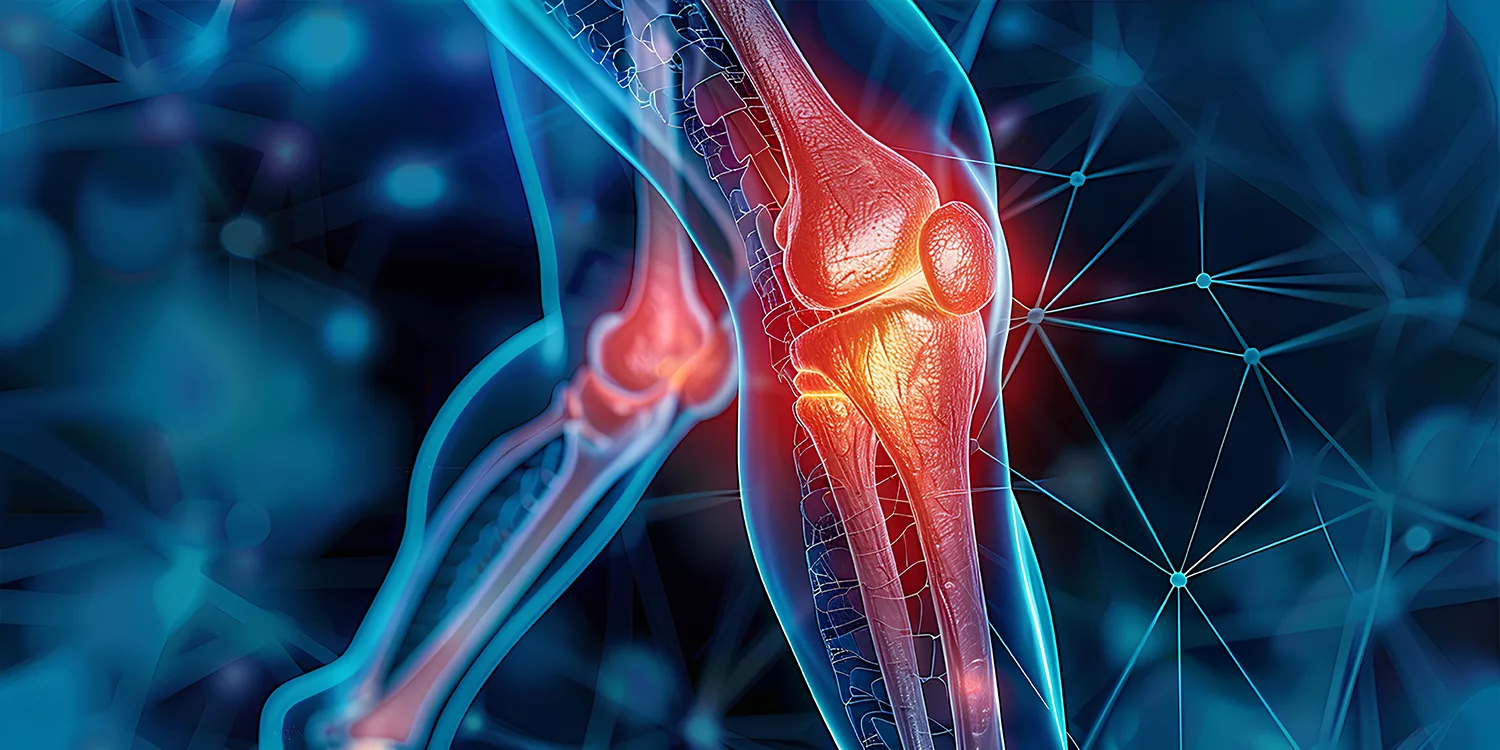When it comes to spine surgery in Dehradun, Graphic Era Hospital stands out as a leading healthcare provider offering advanced treatments, based on best-practices in evidence based medicine; along with exceptional post-operative care and Neurorehab interventions.. Equipped with state-of-the-art technology and a team of highly skilled surgeons, the hospital specialises in treating a wide range of spine-related conditions, from herniated discs to complex spinal deformities. By choosing us, patients can expect personalised treatment plans that prioritise both effective outcomes and comfort. With a reputation for excellence, Graphic Era Hospital ensures that every patient receives top-notch care, making it the preferred choice for high precision and safe spine surgery in Uttarakhand and Dehradun.
What is Spine Surgery?
Spine surgery is a medical procedure designed to address spinal conditions that cause pain, instability, or restricted mobility. It is often recommended when conservative treatments like physiotherapy, medication, and lifestyle modifications fail to provide relief. Minimally invasive spine surgery (MISS) and traditional open spine surgery are the two primary surgical approaches using the basic principles of microsurgery of the spine, for treating various spinal disorders.
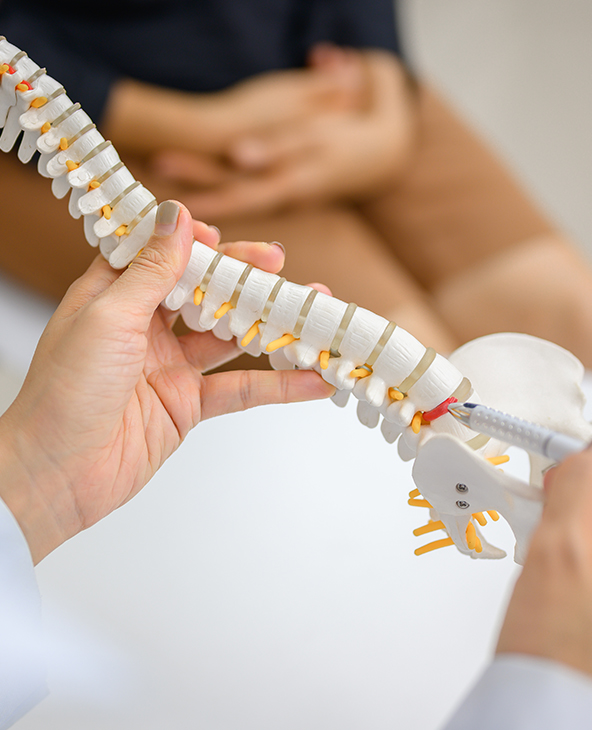
When is Spine Surgery Needed?
Persistent back or neck pain, limited mobility, or neurological symptoms such as numbness or weakness in the limbs may indicate an underlying spinal issue that requires medical attention. Consulting a top spine specialist near you can help determine whether non-surgical treatments will suffice or if surgery is necessary.
Spine surgery is considered when:
- Non-surgical treatments such as physiotherapy, medications, and lifestyle changes fail to provide relief.
- Nerve compression causes persistent pain, weakness, or loss of function.
- Spinal deformities like scoliosis or kyphosis progress to the point of affecting posture and mobility.
- Spinal instability leads to excessive movement between vertebrae, causing pain and neurological issues.
- Severe spinal conditions, such as tumours, fractures, or spinal stenosis, require early surgical intervention.
A spine specialist will assess the severity of the condition through diagnostic tests such as MRI, X-ray/ CT scan and DXA Scans before recommending spine surgery. Several electro physiologic tests viz., NCS, SSEP are also done.
Types of Spinal Conditions Treated with Surgery at Graphic Era Hospital
- Herniated Disc: Occurs when the soft centre of a spinal disc pushes through its outer layer, causing pain and nerve irritation. Compression of the nerves, leads to radiating pain from the lower back to the legs. This often causes severe disability.
- Spinal Cord Injury: Damage to the spinal cord disrupting brain-body communication, possibly causing paralysis or loss of function below the injury site.
- Spinal Instability: Abnormal movement between vertebrae, which can cause chronic pain and nerve issues.
- Kyphosis: An excessive outward curvature of the spine, leading to a hunched posture.
- Degenerative Disc Disease: Age-related wear and tear on spinal discs, leading to pain and stiffness.
- Cervical Spondylosis: A condition caused by age-related changes in the neck's spinal discs and joints.
- Spinal Stenosis: Narrowing of the spinal canal, putting pressure on nerves and causing discomfort.
- Scoliosis: An abnormal lateral curvature of the spine, often developing during adolescence.
- Congenital Spine Disorders: Spinal abnormalities present at birth that may cause mobility and pain issues.
- Cervical Radiculopathy: Nerve compression in the neck region, causing pain and weakness in the arms.
- Spinal Tumours: Abnormal growths in or around the spine that can lead to pain and neurological issues.
- Vertebral Compression Fractures: Small fractures in vertebrae due to osteoporosis or trauma, causing severe back pain.
Benefits of Spine Surgery
Spine surgery is often recommended when non-surgical treatments fail to provide relief from chronic pain and mobility issues. For several spinal conditions, surgery is the most effective treatment. Advances in surgical techniques, including minimally invasive spine surgery (MISS), have made spine treatments more effective, with shorter recovery times and reduced postoperative complications.
- 1. Pain Relief
As one of the best treatments for herniated discs, spinal cord injury, spinal stenosis, and degenerative disc disease, it helps minimise pain that affects daily life. Spine surgery alleviates nerve compression and structural abnormalities, providing long-term pain relief.
- 2. Improved Mobility and Function
Spinal disorders often restrict movement and flexibility. Surgical interventions such as spinal fusion, disc replacement, and laminectomy help restore mobility, allowing individuals to perform daily activities with greater ease.
- 3. Correction of Spinal Deformities
Conditions like scoliosis, kyphosis, and congenital spine disorders can lead to postural issues and discomfort. Spine surgery corrects these deformities, improving spinal alignment and overall posture.
- 4. Prevention of Further Complications
Delaying spinal treatment can result in worsening symptoms, including nerve damage and loss of function. Surgical procedures prevent further deterioration by stabilising the spine and addressing the root cause of the condition.
- 5. Enhanced Quality of Life
By reducing pain and improving mobility, spine surgery helps individuals regain independence and participate in daily activities without discomfort. A large majority patients report a significant improvement in overall well-being following surgery.especialy if treated early.
- 6. Minimally Invasive Options for Faster Recovery
Minimally invasive spine surgery (MISS) involves smaller incisions, reduced muscle disruption, and quicker recovery compared to traditional open surgery. MISS also lowers the risk of infection and post-surgical complications.
- 7. Long-Term Stability and Strength
Procedures such as spinal fusion and vertebroplasty reinforce the spine’s structural integrity, reducing the likelihood of future injuries or degenerative issues.
Risks & Complications Associated with Spine Surgery
While spine surgery has significantly advanced with minimally invasive techniques, it still carries certain risks and potential complications. Understanding these risks helps in making informed decisions about treatment and post-surgical care.
- 1. Infection & Blood Clots
Surgical procedures, especially those involving larger incisions, carry a risk of infection. Strict sterilisation protocols and post-operative antibiotics help minimise this risk. Additionally, prolonged immobility after surgery can increase the likelihood of blood clots, particularly in the legs. Patients are often encouraged to move as soon as possible after surgery to reduce this risk.
- 2. Nerve Damage
Spine surgeries involve working around delicate nerve structures. While the precision techniques used by then neurosurgeons reduce the likelihood of such complications, there is always a small risk of nerve deficit (- usually temporary), which could lead to numbness, weakness, or changes in sensation. In most cases, nerve-related symptoms improve with time and rehabilitation.
- 3. Post-Surgical Pain
Pain and discomfort are common after spine surgery, particularly in the initial recovery phase. Proper pain management through medications, physiotherapy, and rehabilitation exercises helps alleviate discomfort and promotes healing. Minimally invasive spine surgery (MISS) techniques significantly reduce post-operative pain compared to traditional open surgery.
- 4. Recovery and Rehabilitation Challenges
Recovery after spine surgery varies depending on the type of procedure, overall health, and adherence to rehabilitation plans. Some individuals may require extended physiotherapy to regain strength and mobility. Challenges such as stiffness, fatigue, and limited movement may persist for a few weeks or months. Following post-operative guidelines, including physical therapy, lifestyle adjustments, and follow-up consultations, is crucial for a successful recovery.
What to Expect Before, During, and After Spinal Surgery
Proper preparation and post-surgical care are essential for the success of spinal surgery. At Graphic Era Hospital, a structured approach is followed to ensure optimal patient outcomes. This includes pre-operative assessments, advanced surgical techniques, and comprehensive post-operative rehabilitation.
Before Surgery: Pre-Operative Assessments and Preparation
A thorough evaluation is conducted before surgery to determine the most effective treatment plan. This process includes:
- Medical Consultation: A spine specialist reviews the patient’s medical history, symptoms, and any previous treatments. A physical examination is performed to assess mobility, reflexes, and nerve function.
- Diagnostic Imaging: MRI scans provide detailed images of soft tissues and nerves, while X-rays and CT scans help evaluate spinal alignment and bone structures.
- Laboratory Tests: Blood tests assess overall health and identify potential risks. An ECG may be conducted to ensure the heart is strong enough for anaesthesia.
- Pre-Surgical Instructions: Patients are advised on medication adjustments, dietary restrictions, and necessary lifestyle modifications. Smoking cessation and maintaining a healthy weight can contribute to better surgical outcomes.
During Surgery: The Procedure and Immediate Recovery
On the day of surgery, the patient is admitted to Graphic Era Hospital’s spine surgery unit, where final preparations are made. The surgical process involves:
- Anaesthesia Administration: General or regional anaesthesia is administered by an anaesthesiologist to ensure comfort during the procedure.
- Surgical Approach: Depending on the condition and several other factors, the procedure may be performed using either traditional open surgery or minimally invasive techniques using a high end Neuro-Microscope or a Spinal Endoscope.
- Intraoperative Neuro Monitoring(IONM): Then highlights of spine surgery in Graphic Era Hospital is the real-time monitoring of Spinal cord functions during the surgical procedure . This is done routinely with the help of Neurophysiologists and technicians ; to ensure the utmost safety while operating on the highly sensitive spinal nerves and spinal cord .
- Post-Operative Monitoring: After surgery, the patient is moved to a recovery area, where vital signs are closely observed. Pain management strategies, including medications and antibiotics, are initiated to ensure comfort and prevent infections.
After Surgery: Recovery and Rehabilitation
The post-surgical phase focuses on restoring mobility and preventing complications. Key aspects of recovery include:
- Hospital Stay and Initial Recovery: The duration of hospitalisation varies depending on the procedure. Minimally invasive spine surgeries often require shorter stays, while open surgeries may necessitate longer monitoring. Patients are encouraged to start gentle movement to reduce the risk of blood clots.
- Physical Therapy and Rehabilitation: A structured rehabilitation program helps improve flexibility, strength, and overall spinal function.
- Activity Restrictions: Certain movements, including bending and heavy lifting, should be avoided until healing progresses.
- Wound Care and Follow-Up Appointments: Proper care of the surgical site is necessary to prevent infection. Regular follow-ups allow doctors to monitor healing and adjust treatment plans if required.
- Long-Term Recovery and Lifestyle Adjustments: Maintaining good posture, engaging in light exercise, and avoiding smoking contribute to a healthier spine in the long run.
Doctors Available
Why Choose Graphic Era Hospital for Spinal Surgery in Dehradun?
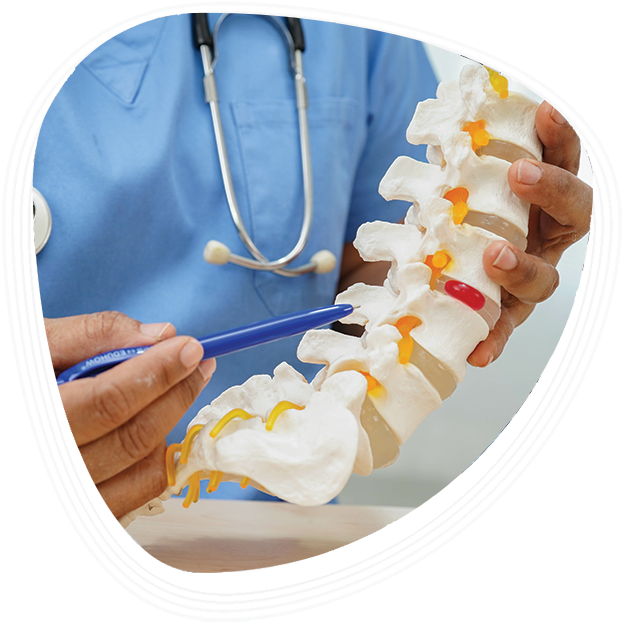
Spinal Surgical Services Available at Graphic Era Hospital
At Graphic Era Hospital, we offer a comprehensive range of spinal surgeries tailored to treat various spinal conditions. Our expert spine surgeons utilise the latest techniques, including traditional open surgery and minimally invasive spine surgery (MISS), to ensure optimal patient outcomes.
1. Preoperative Diagnostic Services
Before undergoing any spine surgery, a comprehensive preoperative evaluation is crucial to ensuring that the diagnosis is accurate and that the treatment plan is tailored to your specific needs. At Graphic Era Hospital, we offer a wide range of advanced diagnostic services to assess the patient’s spinal health thoroughly. Our goal is to provide a clear and detailed understanding of their condition, which helps guide the treatment plan and ensures the best possible surgical outcomes. The diagnostic services we offer include:
- MRI (Magnetic Resonance Imaging): This advanced imaging technique helps detect nerve compression, disc abnormalities, spinal cord issues, and other conditions that may require surgical intervention. It provides highly detailed images of the spine and surrounding tissues.
- X-ray & CT Scans: These imaging techniques are essential for evaluating spinal alignment, fractures, degeneration, and abnormalities in the bones. They are used to assess the structure of the spine and help plan the appropriate surgical approach.
- EMG & Nerve Studies (Electromyography): These tests evaluate nerve function and help identify any nerve damage or compression that may be affecting the patient’s mobility or causing pain. EMG and nerve studies are invaluable in diagnosing conditions that affect the nerve roots in the spine.
- Blood Tests & Screening: A complete set of preoperative blood tests ensures that the patient is medically fit for surgery and allows our team to identify any underlying health issues that may pose risks during the surgical process.
2. Traditional (Open) Spine Surgery and Minimally Invasive Spine Surgery (MISS)
At Graphic Era Hospital, we offer two distinct types of spinal surgery to cater to a wide range of spinal conditions:
- Traditional (Open) Spine Surgery: Open spine surgery is often recommended for patients with complex spinal issues that require extensive correction, such as spinal deformities, large herniated discs, or certain types of spinal fractures. This procedure typically involves a larger incision, allowing the surgeon to access the spine more directly and perform the necessary corrections. Although the recovery time is longer, this method is highly effective in treating complex conditions and offers long-term benefits.
- Minimally Invasive Spine Surgery (MISS): In contrast to open surgery, MISS involves smaller incisions and the use of advanced surgical tools and techniques. This approach results in less pain, faster recovery, and shorter hospital stays, making it ideal for treating conditions like herniated discs, spinal stenosis, and degenerative disc disease. The smaller incisions help minimise damage to surrounding tissues, which not only speeds up recovery but also reduces the risk of complications. Patients undergoing MISS often experience significant improvements in their quality of life sooner than those who undergo traditional spine surgery.
3. Post-Operative Rehabilitative Services
Recovery after spine surgery is an essential part of the healing process, and Graphic Era Hospital is committed to ensuring that every patient receives comprehensive support throughout their recovery journey. Our structured post-operative rehabilitation program is designed to help patients regain mobility, strength, and independence, ensuring a smooth and effective recovery. The services we offer include:
- Physical Therapy: Physical therapy is crucial for restoring mobility, improving flexibility, and strengthening muscles after surgery. Our skilled therapists work with patients to develop customized rehabilitation programs aimed at enhancing posture, reducing pain, and improving overall spinal health.
- Pain Management: Managing pain after spine surgery is critical to ensuring a successful recovery. At Graphic Era Hospital, we use a combination of medication, physiotherapy, and lifestyle changes to effectively manage pain and minimise discomfort during the recovery process. Our goal is to help you return to normal activities with minimal pain.
- Occupational Therapy: For many patients, regaining the ability to perform everyday tasks independently is an important part of recovery. Our occupational therapists assist patients in regaining the skills necessary to perform activities such as dressing, cooking, or driving, enabling them to return to their daily routines.
- Follow-Up Consultations: Post-operative follow-up consultations are essential to monitor your recovery progress and ensure proper healing. During these visits, our doctors assess the patient’s spinal health, address any concerns, and make adjustments to their rehabilitation plan as needed. These follow-up appointments are critical to ensuring long-term recovery and preventing complications.
Top Procedures
- Spinal Fusion
- Disc Replacement Surgery
- Laminectomy
- Discectomy
- Microdiscectomy
- Kyphoplasty
- Vertebroplasty
- Foraminotomy
- Corpectomy
- Nucleoplasty
- Synovial cyst excision
- Osteotomies
- Revision Spine Surgery
Spinal Surgery Conditions Treated at Graphic Era Hospital
Advanced Diagnostics & Technology
- Offers high-resolution imaging for detailed blood vessel analysis, aiding in accurate diagnosis and treatment planning.
- Delivers advanced imaging with high resolution for clear, detailed views of soft tissues, ensuring precise diagnostics.
- Provides high-quality, detailed radiographic images for accurate diagnosis with minimal exposure to radiation.
Other Specialities
Patient Stories
Blog
Frequently Asked Questions (FAQs)
How long does recovery take after spine surgery?
Recovery time varies depending on the type of surgery performed. Minimally invasive spine surgery (MISS) typically requires a few weeks, while traditional open spine surgery may take several months for complete recovery. Rehabilitation, physiotherapy, and lifestyle modifications play a crucial role in healing.
Is spine surgery risky?
Like any surgical procedure, spine surgery carries some risks, including infection, nerve damage, blood clots, and post-surgical pain. However, advancements in minimally invasive techniques have significantly reduced complications and improved patient outcomes.
What is the success rate of minimally invasive spine surgeries?
Minimally invasive spine surgery (MISS) has a high success rate of over 90% when performed by experienced surgeons. It is known for reducing pain, minimising scarring, and shortening recovery time compared to traditional open surgery.
How can I book an appointment with a spine specialist in Dehradun?
Appointments with top spine surgeons in Dehradun at Graphic Era Hospital can be booked online on our website, by calling our hospital’s helpline at 1800-8897-351, or by visiting the hospital’s outpatient department.
How do I know if I need spine surgery?
Spine surgery is considered when non-surgical treatments such as medications, physiotherapy, and lifestyle changes fail to relieve pain and mobility issues. A spine specialist can assess the severity of the condition and recommend surgery if necessary.
Is minimally invasive spine surgery a better option?
For many spinal conditions, minimally invasive spine surgery (MISS) is preferred over traditional open surgery due to its smaller incisions, reduced pain, shorter hospital stays, and quicker recovery. However, eligibility depends on the specific spinal issue being treated.
How can I prevent spine-related issues?
Preventive measures include maintaining good posture, engaging in regular exercise, avoiding prolonged sitting, lifting objects correctly, and ensuring a balanced diet for bone health. Regular check-ups with a spine specialist can help detect issues early.
Are there non-surgical treatments for spine problems?
Yes, many spine conditions can be treated non-surgically through physiotherapy, pain management techniques, anti-inflammatory medications, and spinal injections. Surgery is only recommended when these methods fail to provide relief.

